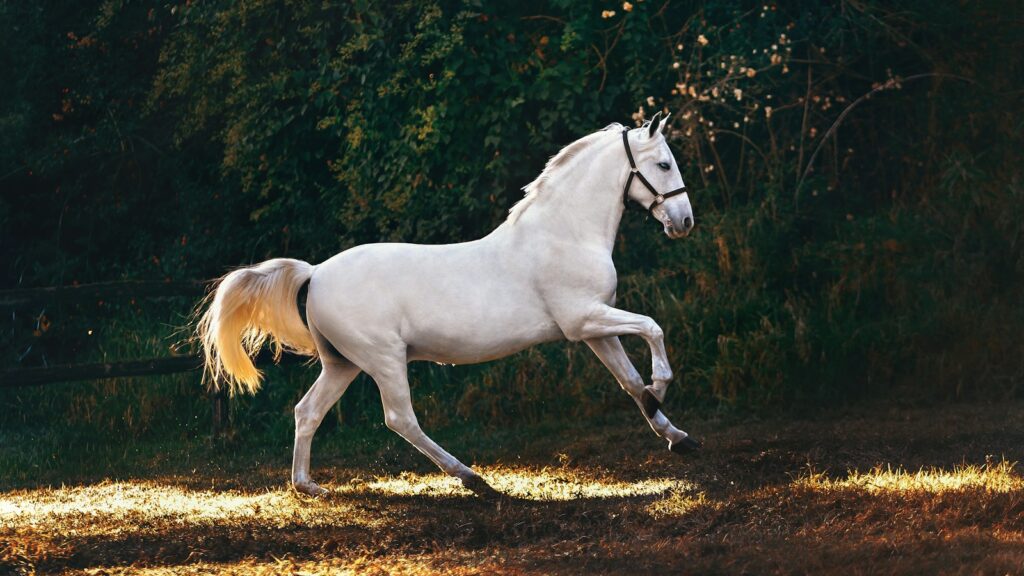Mastering rein control is a cornerstone of effective horsemanship, creating a refined communication system between rider and horse. This subtle yet powerful connection allows you to guide your equine partner with precision and gentleness, enhancing both safety and performance. Whether you’re a novice rider or experienced equestrian, developing proper rein techniques transforms your riding experience, building trust and harmony with your horse. This article explores the numerous benefits of training your horse to respond to rein cues, the methods to achieve this skill, and how it impacts both horse and rider across various disciplines.
Understanding the Fundamentals of Rein Communication
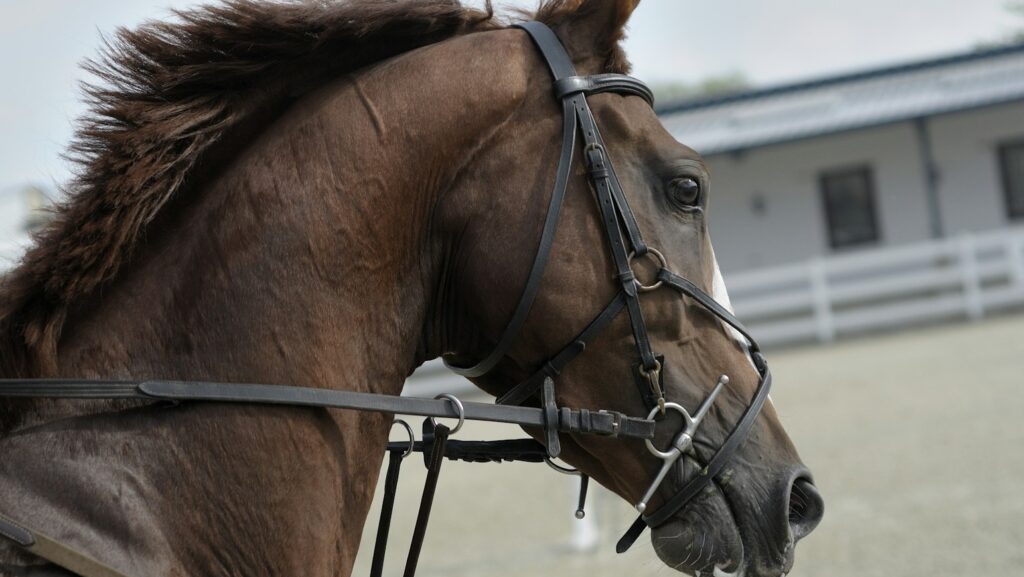
Rein control represents the primary language through which riders communicate directional guidance, speed adjustments, and various commands to their horses. This sophisticated system relies on varying degrees of pressure, release timing, and hand positioning to convey specific messages that your horse can interpret. Unlike vocal commands which may be inconsistent or misunderstood in noisy environments, physical cues delivered through the reins provide clear, direct communication regardless of external conditions. Mastering this intricate language requires understanding that it’s not about force, but rather about establishing a consistent dialogue where even the slightest adjustment carries meaning. When properly implemented, rein control becomes almost invisible to observers, appearing as though horse and rider share a telepathic connection.
Safety Benefits of Proper Rein Control

Developing reliable rein control significantly enhances safety for both horse and rider in numerous situations. A horse responsive to rein cues can be quickly directed away from dangerous scenarios such as traffic, unstable terrain, or other potentially frightening stimuli. In emergency situations, the ability to effectively communicate through the reins may prevent serious accidents or injuries by allowing you to redirect your horse’s attention and movement. Additionally, proper rein control helps prevent common riding mishaps like bolting, bucking, or rearing that often result from miscommunication or confusion. For riders working with young or green horses, established rein communication creates predictability and structure, reducing the likelihood of dangerous reactive behaviors. Even the most experienced horses benefit from consistent rein cues, as it reinforces their training and maintains their responsiveness in evolving environments.
Building Trust Through Consistent Communication
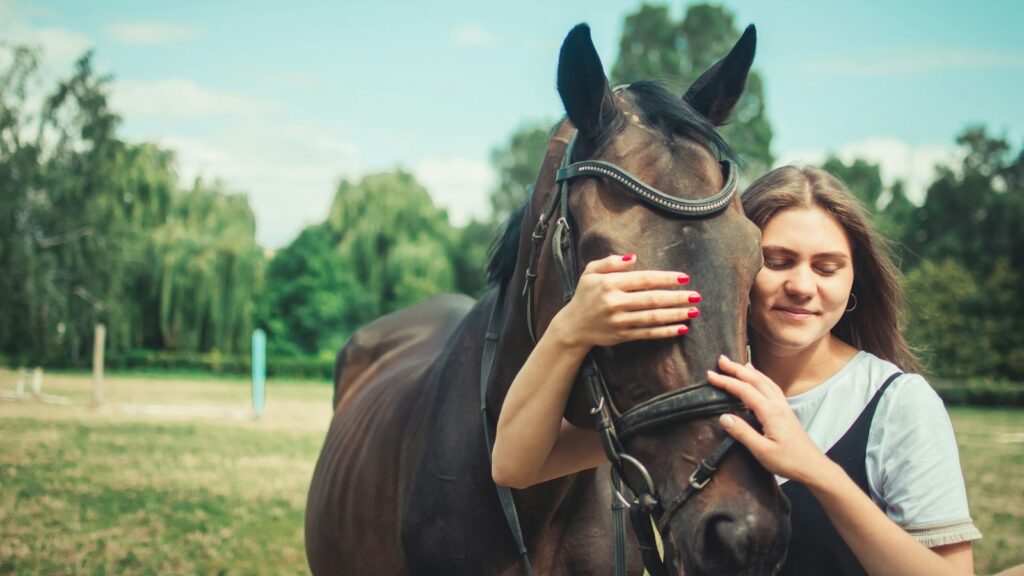
Consistent rein communication forms the foundation of trust between horse and rider, creating a reliable framework for interaction. Horses thrive on predictability, and when they can anticipate how pressure will be applied and released, they develop confidence in their rider’s guidance. This trust manifests as a willing partnership where the horse feels secure following your directions rather than resisting them out of confusion or fear. Over time, horses trained with clear rein signals learn to respond to increasingly subtle cues, demonstrating their growing understanding and trust in the communication system. The psychological benefits extend beyond riding sessions, as horses that understand and trust their handlers typically demonstrate calmer, more cooperative behavior during all interactions. Establishing this trust through rein work creates a positive feedback loop where successful communication reinforces the horse’s willingness to engage with and respond to the rider.
Enhancing Performance Across Riding Disciplines
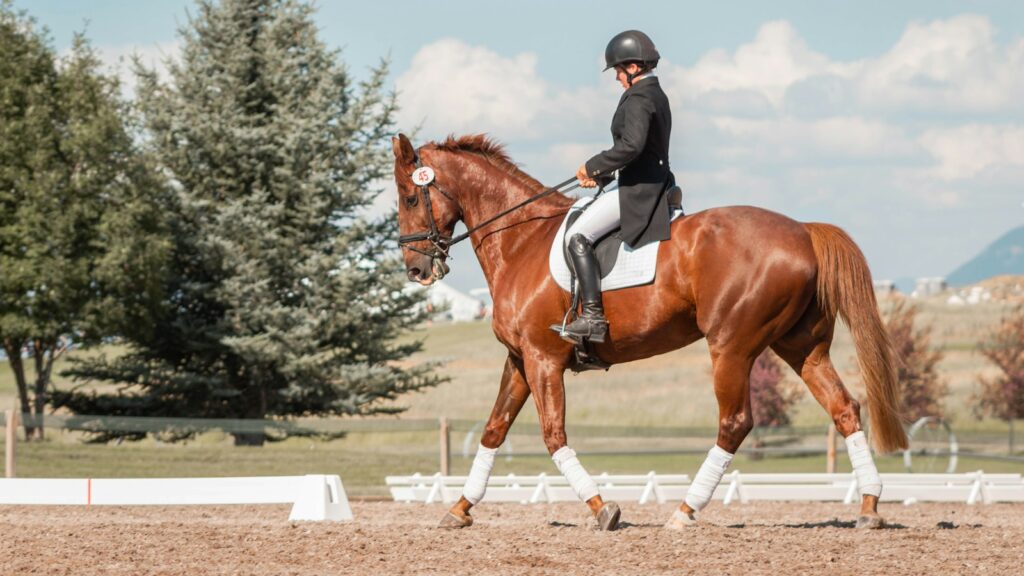
Refined rein control significantly elevates performance capabilities across all equestrian disciplines, from dressage to western riding, jumping to trail riding. In dressage, minute rein adjustments communicate complex movements like half-passes, pirouettes, and collected gaits that showcase the pinnacle of horse-rider communication. Western riders rely on neck reining and weight shifts coordinated with subtle rein cues to execute precise patterns, spins, and stops essential in disciplines like reining and cutting. For jumpers and eventers, accurate rein control ensures proper approach angles to obstacles and maintains rhythm and impulsion between jumps. Even recreational trail riders benefit tremendously from horses responsive to rein aids when navigating varied terrain, encountering wildlife, or passing other trail users. The universal application of good rein skills makes it one of the most valuable training investments regardless of your riding specialty or competitive aspirations.
Reducing Physical Stress and Discomfort

Proper rein training significantly reduces physical stress on both horse and rider by eliminating the need for harsh or prolonged pressure. Horses trained to respond to light rein cues avoid the mouth pain and potential damage caused by heavy-handed riding, preserving the sensitivity of this important communication channel. Riders experience less arm, shoulder, and back fatigue when horses respond promptly to minimal input rather than requiring constant strong contact. This efficiency of movement contributes to longer, more comfortable riding sessions and extends the working lifespan of performance horses by preventing unnecessary wear on joints and soft tissues. Additionally, sensitive rein control prevents the development of evasion tactics like head tossing, jaw crossing, or tongue issues that commonly develop in response to uncomfortable bit pressure. The physical preservation of both partners creates a more sustainable and enjoyable long-term relationship built on comfort rather than compliance through discomfort.
Progressive Training Methods for Developing Rein Responsiveness
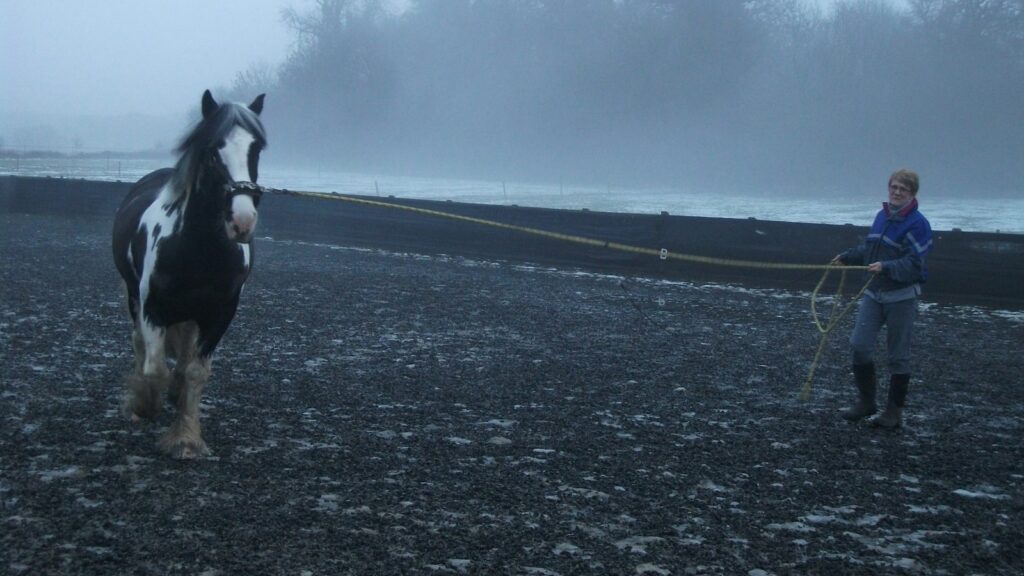
Developing excellent rein control requires a methodical approach that gradually builds the horse’s understanding and responsiveness over time. Beginning with groundwork exercises establishes the fundamental concept of yielding to pressure before introducing similar principles under saddle. Effective training progressions typically start with basic directional control at slower gaits before advancing to more complex maneuvers and varying speeds. Incorporating frequent release of pressure as a reward reinforces desired responses and prevents the horse from becoming dull or resistant to bit contact. Cross-training with varied exercises maintains mental engagement and prevents boredom while reinforcing consistent responses to the same cues in different contexts. Professional trainers often supplement direct rein work with exercises targeting the horse’s overall balance, suppleness, and body awareness, which facilitate more refined responses to increasingly subtle rein aids. This comprehensive approach addresses both the physical and mental aspects of developing superior rein communication.
Common Challenges in Rein Training
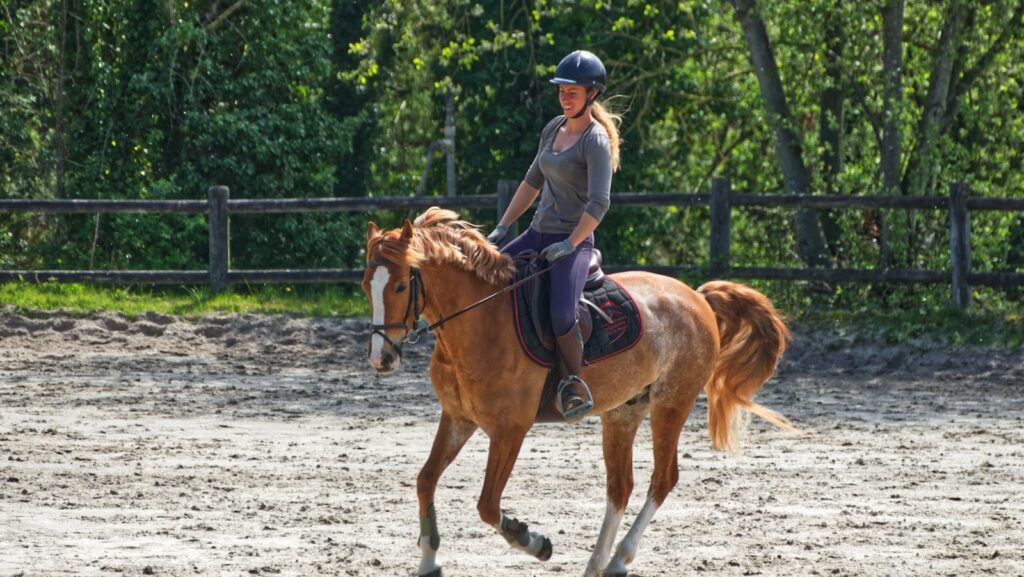
Even experienced riders encounter challenges when developing or refining rein control with their horses. One prevalent issue is inconsistent hand position or unintentional rein movement, which sends confusing signals and erodes the horse’s confidence in the communication system. Horses with previous negative experiences may demonstrate resistance through behaviors like rooting against the bit, raising their head, or becoming heavy on the forehand to evade rein contact. Transitioning between different types of rein aids, such as from direct reining to neck reining, often creates temporary confusion that requires patient reinforcement of the new expectations. Environmental distractions can initially override rein cues, requiring systematic desensitization to maintain responsiveness in varied settings. Some horses develop a dependency on stronger rein signals over time, necessitating a retraining period to restore sensitivity to lighter cues. Addressing these challenges requires consistency, appropriate timing, and sometimes professional guidance to break established patterns of miscommunication.
Equipment Considerations for Effective Rein Control

Selecting appropriate equipment significantly impacts your ability to develop clear rein communication with your horse. Bits should be chosen based on your horse’s mouth conformation, previous training, and sensitivity rather than increased leverage or severity. Even the thickness of reins affects communication clarity, with thinner reins providing more precise signals while thicker ones offer stability for less experienced hands. The type of rein material—whether leather, synthetic, rubber-covered, or rope—influences grip, weight, and feel, all of which affect the subtlety of cues you can deliver. Bitless options like hackamores and sidepulls can be valuable training tools for horses with mouth sensitivity or during transitional training phases. The fit and position of the bridle itself must allow proper bit alignment without pinching or restricting normal jaw movement. For specialized disciplines, equipment variations like split reins, romal reins, or double bridles serve specific purposes that enhance communication when used correctly by knowledgeable riders.
The Role of Rider Position in Rein Effectiveness
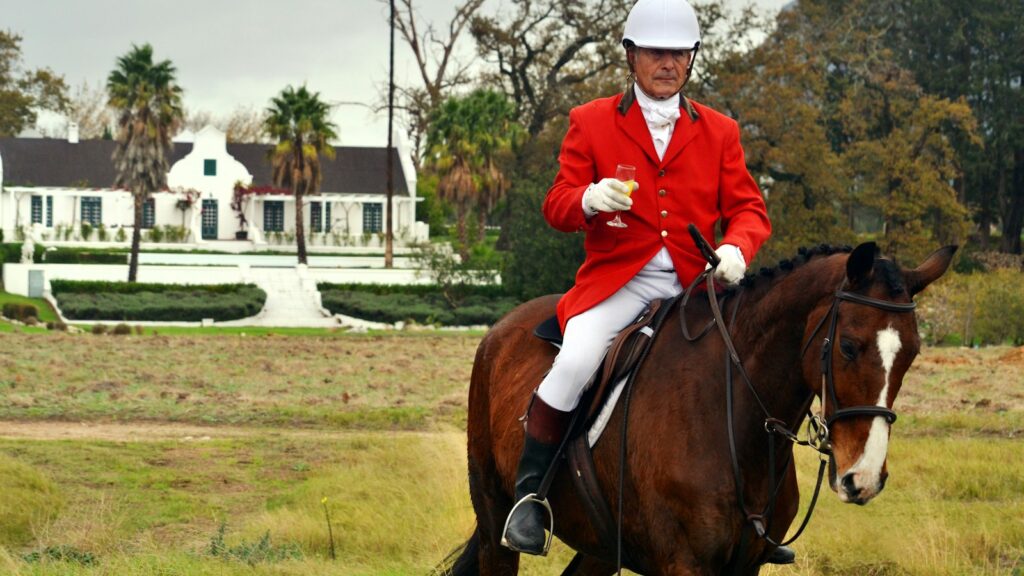
The rider’s position and balance fundamentally influence the effectiveness of rein aids, creating either clarity or confusion in the communication system. A centered, balanced seat allows for independent hand movement without inadvertently pulling on the reins due to torso instability. Proper arm position with relaxed shoulders, supple elbows, and straight wrists creates a direct line of communication from hand to horse’s mouth without distortion. Riders must develop awareness of how their weight shifts and leg positions complement or contradict their rein cues, as horses receive these signals simultaneously. Common position faults like leaning forward, collapsing through the waist, or bracing against the stirrups often result in unconscious rein interference that confuses the horse. Advanced riders understand that rein contact should be elastic rather than rigid, maintaining a living connection that can instantly communicate subtle changes in tension. Through consistent attention to their position, riders can eliminate unintentional contradictory signals that impede clear rein communication.
Transitioning from Basic to Advanced Rein Control
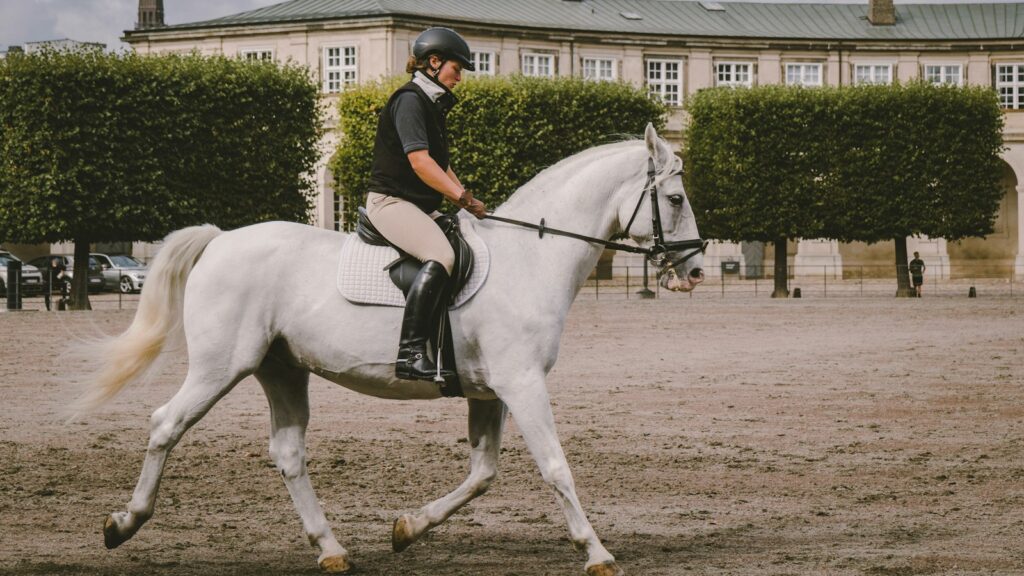
The progression from basic to advanced rein control follows a natural development path as both horse and rider gain experience and refinement. Initial training focuses on clear directional cues and basic speed control using relatively direct signals with obvious release points. As the horse demonstrates consistent understanding, training advances to include more nuanced communication such as half-halts, indirect reins, and cues that prepare for transitions rather than just execute them. Advanced rein work introduces the concept of “conversations” rather than commands, where subtle adjustments create ongoing dialogue about collection, extension, and lateral movement. Many disciplines ultimately aim for what’s sometimes called “invisible” riding, where rein cues become so refined they’re imperceptible to observers yet crystal clear to the responsive horse. This progressive development requires patience, as shortcuts typically result in gaps in understanding that become problematic in more demanding situations. The journey toward sophisticated rein communication builds incrementally through thousands of consistent interactions that gradually elevate both partners’ capabilities.
Maintaining and Refining Rein Responsiveness

Once established, rein responsiveness requires ongoing maintenance and periodic refinement to prevent deterioration. Regular, thoughtful riding that reinforces correct responses prevents the common regression toward heavier cues that often occurs gradually over time. Incorporating specific exercises that test and reward prompt, accurate responses to minimal rein pressure helps preserve sensitivity and prevents dullness. Many experienced trainers recommend occasional returns to fundamental exercises regardless of the horse’s training level, reinforcing the basic principles that support advanced work. Cross-training in varied disciplines can highlight aspects of rein communication that might be underdeveloped in your primary riding style. Scheduling periodic sessions with qualified instructors provides valuable external assessment of both horse and rider, identifying subtle issues before they become established problems. This ongoing investment in maintaining communication quality prevents the common pattern of escalating cue intensity that ultimately diminishes performance and partnership quality.
The Psychological Impact of Clear Rein Communication
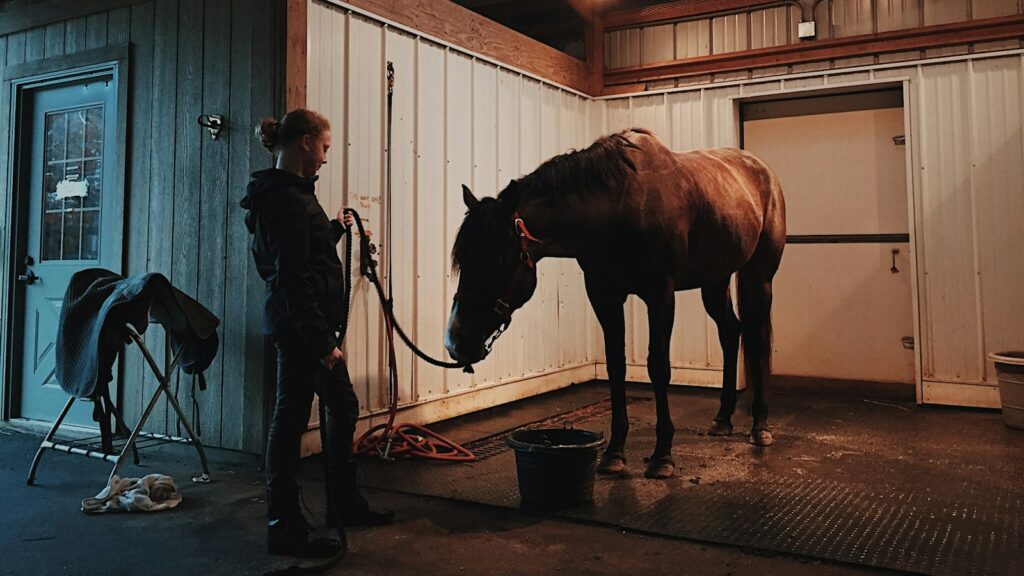
The psychological benefits of establishing clear rein communication extend far beyond riding mechanics, fundamentally reshaping how horses perceive human interaction. Horses trained with consistent, fair rein cues develop emotional security through the predictability of the communication system, reducing anxiety and reactive behaviors. This confidence translates to greater willingness to explore new environments, attempt unfamiliar tasks, and trust the rider through potentially frightening situations. Many behavioral issues stemming from confusion or anticipatory tension diminish when horses understand precisely what different rein pressures mean and can reliably predict when release will occur. For riders, the ability to communicate effectively through refined rein skills creates a sense of partnership and accomplishment that transcends technical achievement. This mutual understanding fosters a deeper connection between species, where communication barriers dissolve into intuitive cooperation. Psychologically secure horses demonstrate observable differences in expression, body language, and engagement that reflect their comfort within the established communication framework.
Real-World Applications of Advanced Rein Control

The practical applications of sophisticated rein control extend far beyond the riding arena, creating real-world advantages in numerous situations. Trail riders navigate challenging terrain with greater safety when horses respond instantly to subtle rein guidance, avoiding hazards and maintaining secure footing. During unexpected encounters with wildlife, traffic, or other potential dangers, horses with reliable rein response can be positioned optimally without escalating tension through excessive handling. Competition riders across disciplines gain competitive advantages through precision and efficiency of movement that comes from refined communication. Working ranch horses demonstrate the practical value of rein control when sorting cattle, opening gates, or positioning precisely for various tasks while leaving the rider’s attention free to focus on the job rather than managing the horse. Even in casual recreational riding, the ease and enjoyment of interacting with a responsive horse transforms ordinary outings into pleasurable experiences free from constant correction or negotiation. These practical benefits make rein training one of the most valuable investments for horses in any discipline or role.
Conclusion
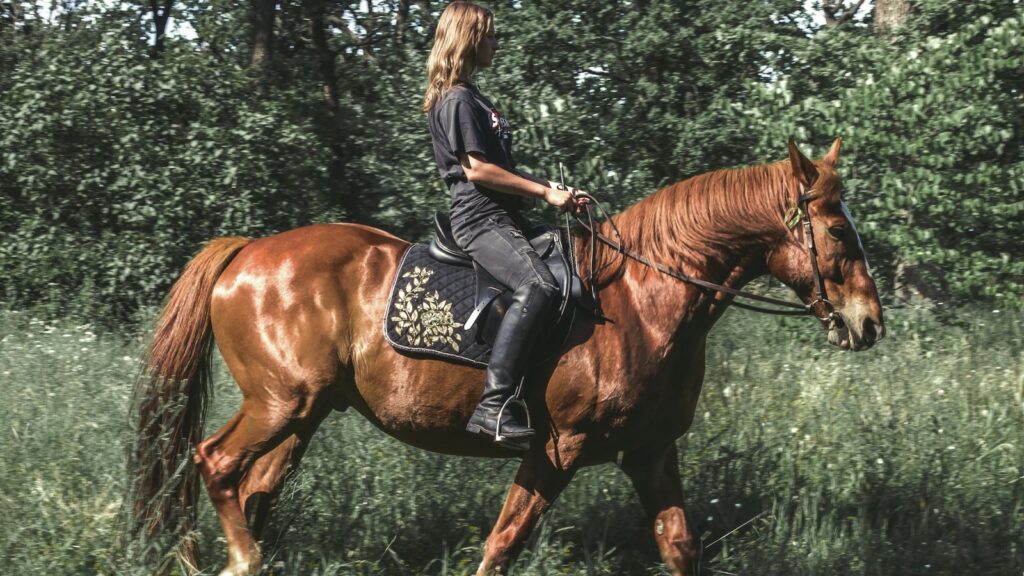
Developing effective rein control represents one of the most significant investments you can make in your horsemanship journey. This foundational skill creates a clear communication channel that enhances safety, builds trust, improves performance, and deepens the bond between horse and rider. The progression from basic responsiveness to refined, almost invisible communication transforms the entire riding experience, replacing struggle with harmony and resistance with willing partnership. Whether you ride for pleasure, competition, or practical work, the benefits of proper rein training manifest in countless ways across all equestrian activities. By committing to developing this essential skill with patience and consistency, you open the door to more sophisticated riding, greater accomplishments, and most importantly, a more meaningful relationship with your equine partner based on clear, respectful communication.

